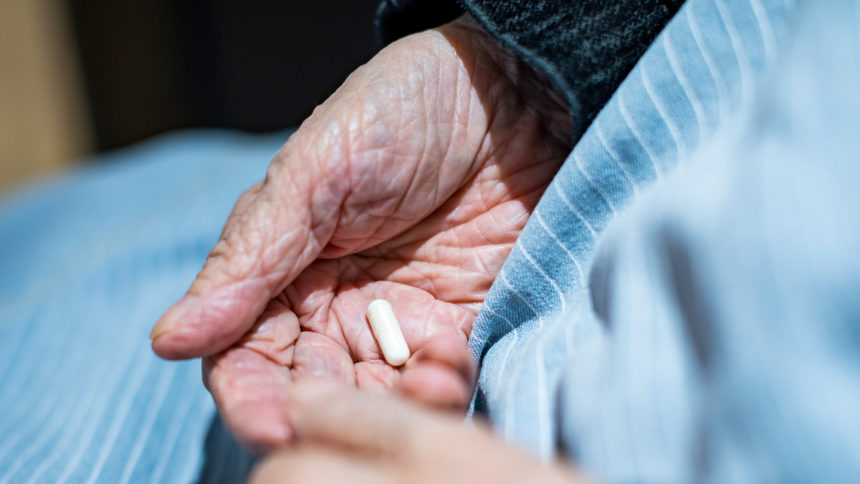
People with a history of allergic reactions to penicillin don’t commonly have reactions when they are exposed to low doses of the drug, according to a review of research published Monday in JAMA Internal Medicine.
More than 95% of patients with a penicillin allergy label are not truly allergic to the medicine, the authors reported.
The review included 56 studies on 9,225 people thought to have penicillin allergies. They were given a low dose of the medicine and then monitored to see if they had a reaction. The procedure is a more feasible and less costly way to diagnose a penicillin allergy compared with skin testing, though the risk of having a reaction is a barrier.
Researchers discovered that only 438 people (3.5% of study participants) experienced a reaction when given the test.
Of children in the studies, 2.3% had reactions, and kids had the highest risk for a reaction. Those in North America had a lower risk compared with other parts of the world.
The findings are important because people labeled with a penicillin allergy often get second-line antibiotics, which could prolong the amount of time a person spends in the hospital, and could also drive up healthcare costs.
People thought to have a penicillin allergy are often prone to use of broad-spectrum antibiotics, which are linked with antimicrobial resistance. Having a penicillin “challenge” or reaction test could help determine if a person really needs to avoid penicillin.
“Considering that up to 50% of inpatients are treated with antibiotics, it is crucial to increase penicillin allergy assessments and delabel those without the allergy to prevent the adverse outcomes associated with deferring first-line antibiotics,” the authors wrote.
These findings suggest that direct challenges are safe for incorporation into penicillin allergy evaluation efforts across age groups and clinical settings.In related news, an analysis published Monday estimated that more than 39 million people will die from antibiotic-resistant infections between now and 2050.




